Configure Now
Items in Your Cart0
0Items in Your Cart
Start building your packageShop Now
Customs and Border Protection (CBP) agencies worldwide have consistently faced significant challenges from underwater threats. However, advancements in remotely operated vehicles (ROVs) and submersible robots have greatly improved their ability to manage these risks. This article examines the impact of ROVs on underwater operations for CBP, presenting practical examples and insights into their various applications.

Ports and waterways play a critical role in facilitating trade and transportation but are also susceptible to illegal activities such as smuggling and sabotage. Historically, ship inspections for contraband or security threats have depended heavily on divers, making the process labor-intensive and constrained by factors such as time, visibility, and safety.
Notable threats include the concealment of narcotics, weapons, and other illicit goods in hard-to-access areas of ships.
These areas often include:

For example, inspections are often constrained to a 30-minute timeframe to minimize disruptions to operations. Divers face substantial difficulties in low-visibility environments, making it challenging to thoroughly inspect essential areas. In busy ports, visibility can drop to nearly zero, significantly increasing the likelihood of undetected threats. The use of underwater ROVs offers a practical solution to these issues, enabling agencies to perform underwater inspections more safely and efficiently.
Outfitted with ultra high-resolution 4K cameras, sonar systems like the Oculus Blueprint M3000, and advanced maneuverability, ROVs deliver accurate and efficient inspection capabilities. Their ability to access confined spaces and maintain stability in strong currents allows for detailed assessments of high-risk areas without jeopardizing diver safety. Enhanced lighting systems also enable these ROVs to operate effectively in turbid waters, ensuring comprehensive coverage of all critical zones.
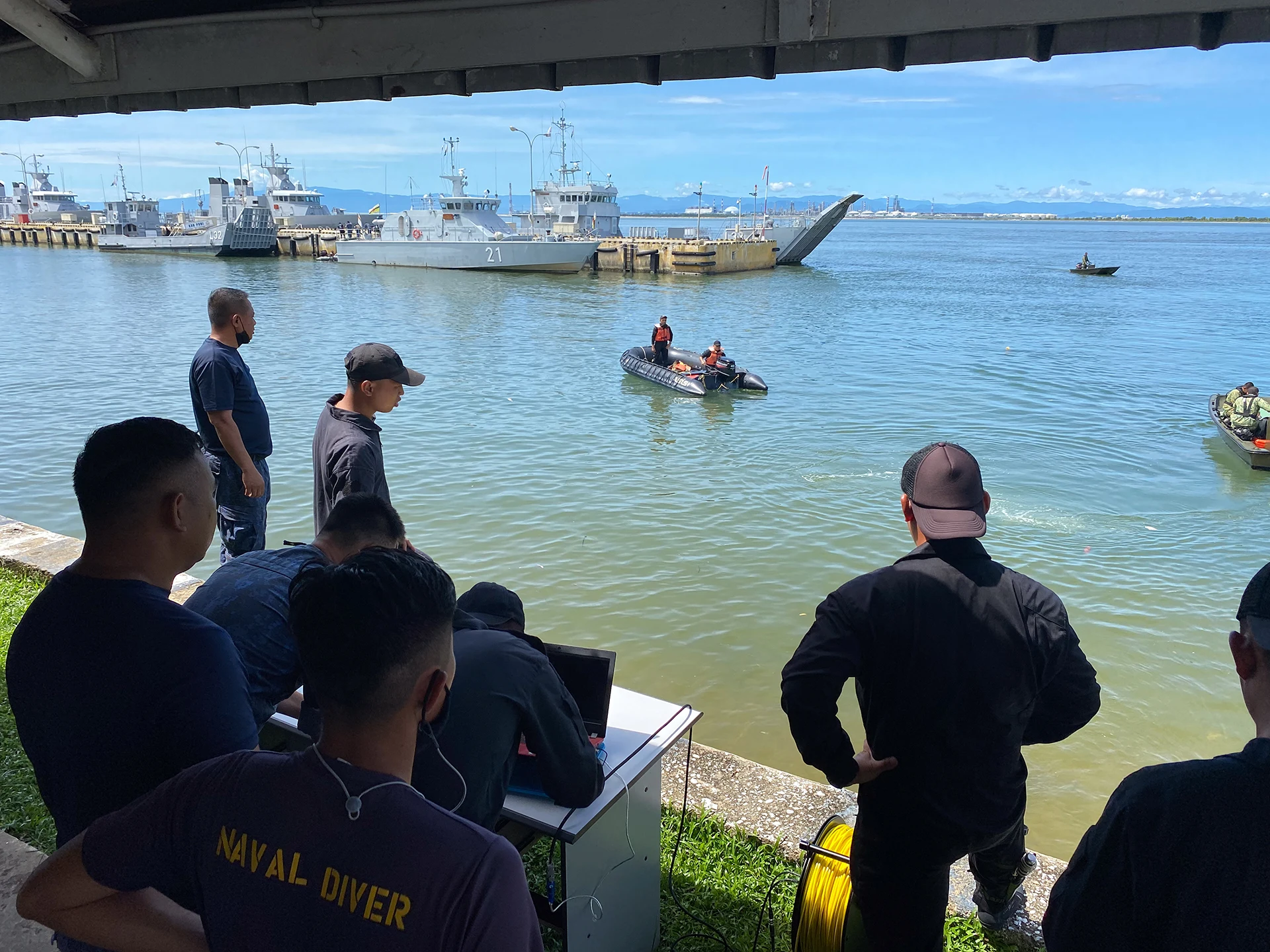
Traditional inspection methods rely heavily on divers, presenting several pain points:
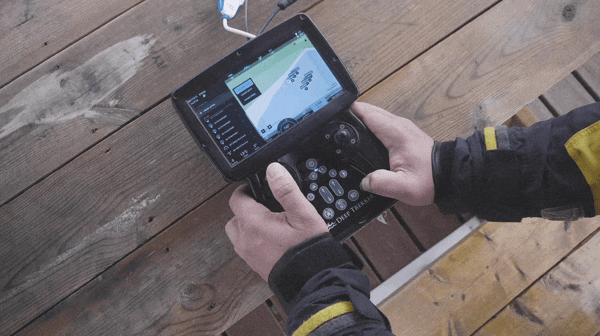
Underwater ROVs address these limitations by offering:
Improve your ability to safely examine the ships entering the port with ROVs
Submersible ROVs offer several key benefits, including:
Agencies such as the Canadian Border Services Agency (CBSA), US Embassy's Narcotics Unit in Peru, and the US Customs and Border Protection regularly utilize ROVs for inspecting vessels entering their ports. These inspections focus on submerged areas where tampering or concealment is likely, such as bow thrusters and propeller shafts.
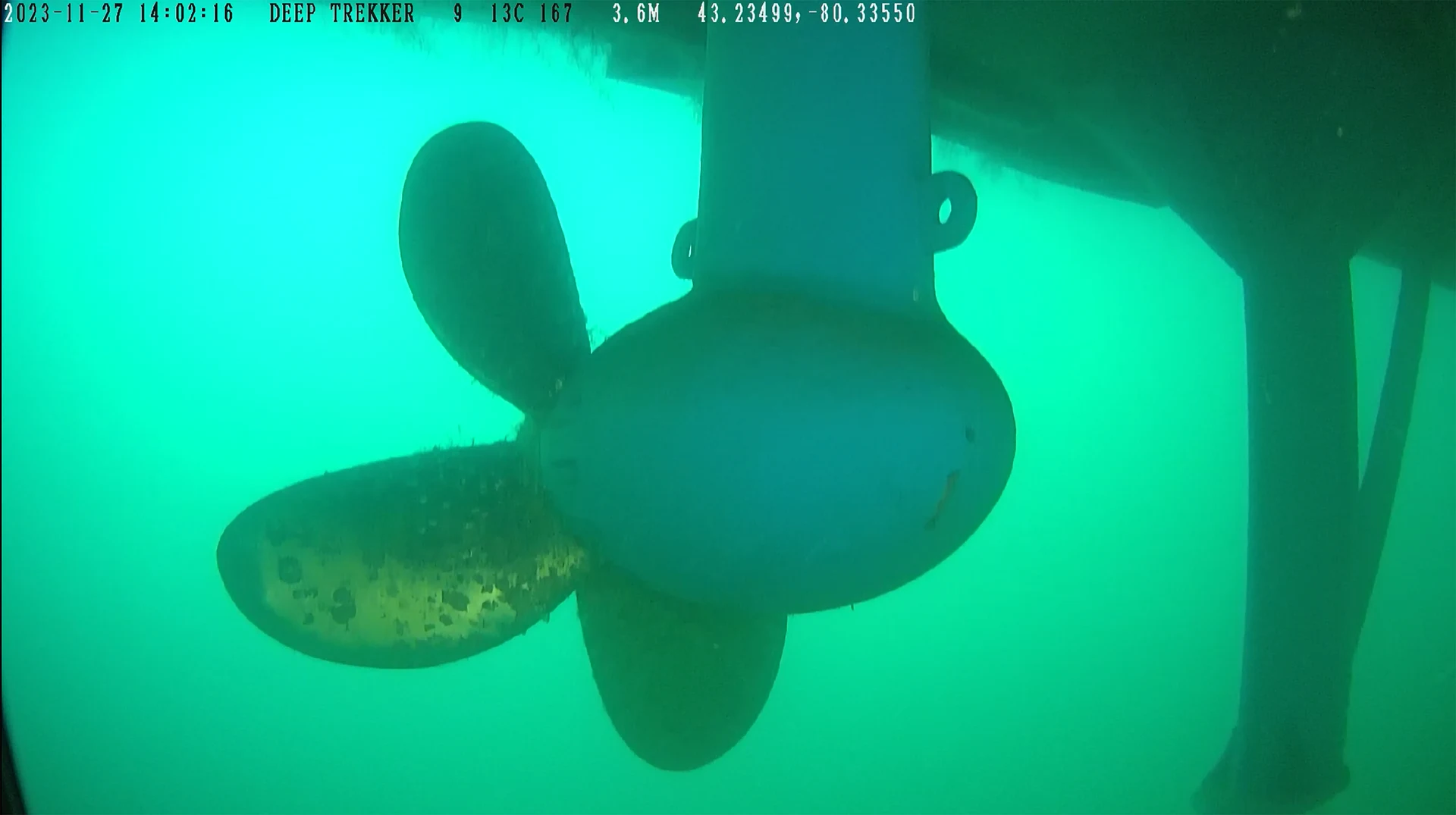
The quick deploy time of ROVs ensures that inspections can be completed within tight timeframes, minimizing disruptions to port operations. With user-friendly controls, even non-specialist personnel can conduct effective underwater inspections. These capabilities are particularly critical during high-traffic periods when delays can have cascading effects on port schedules.
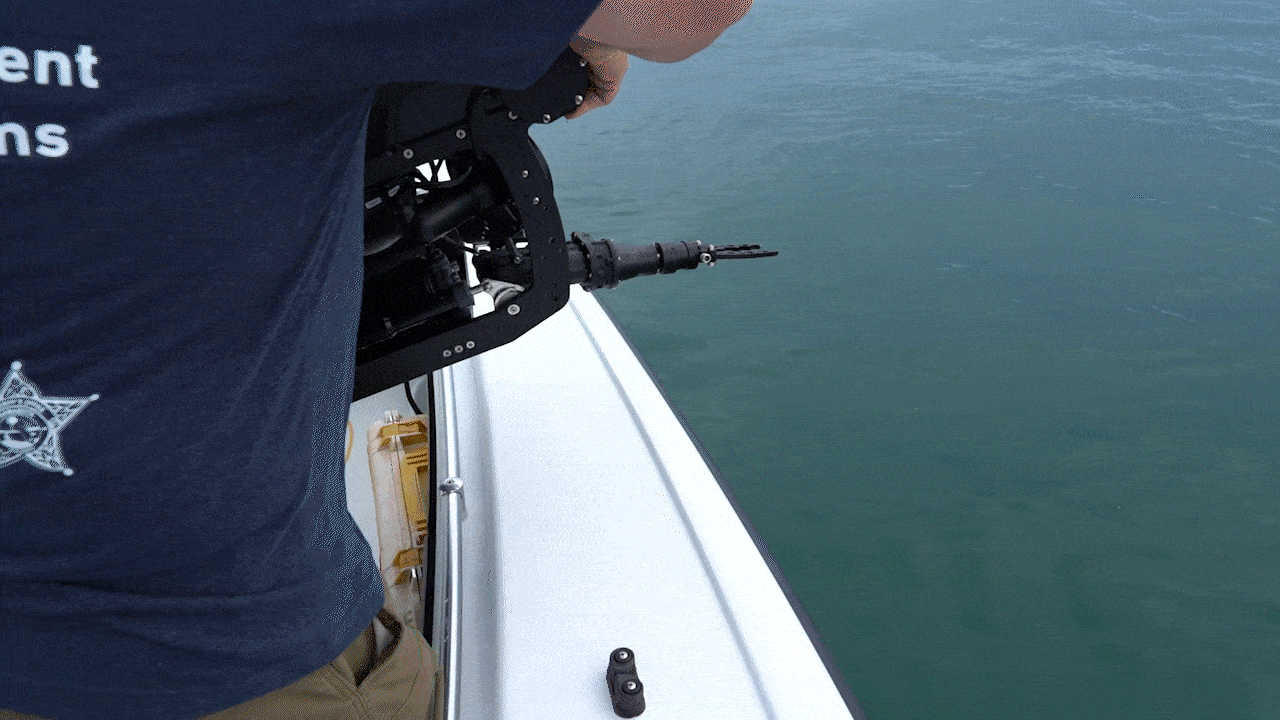
ROVs are utilized to inspect critical infrastructure, such as intake grates and dock foundations, to verify structural integrity and detect potential threats. Conducting regular inspections with ROVs helps manage risks related to corrosion, biofouling, and sabotage attempts. The capability to deploy ROVs frequently allows for continuous monitoring without the logistical complications of coordinating diver teams.
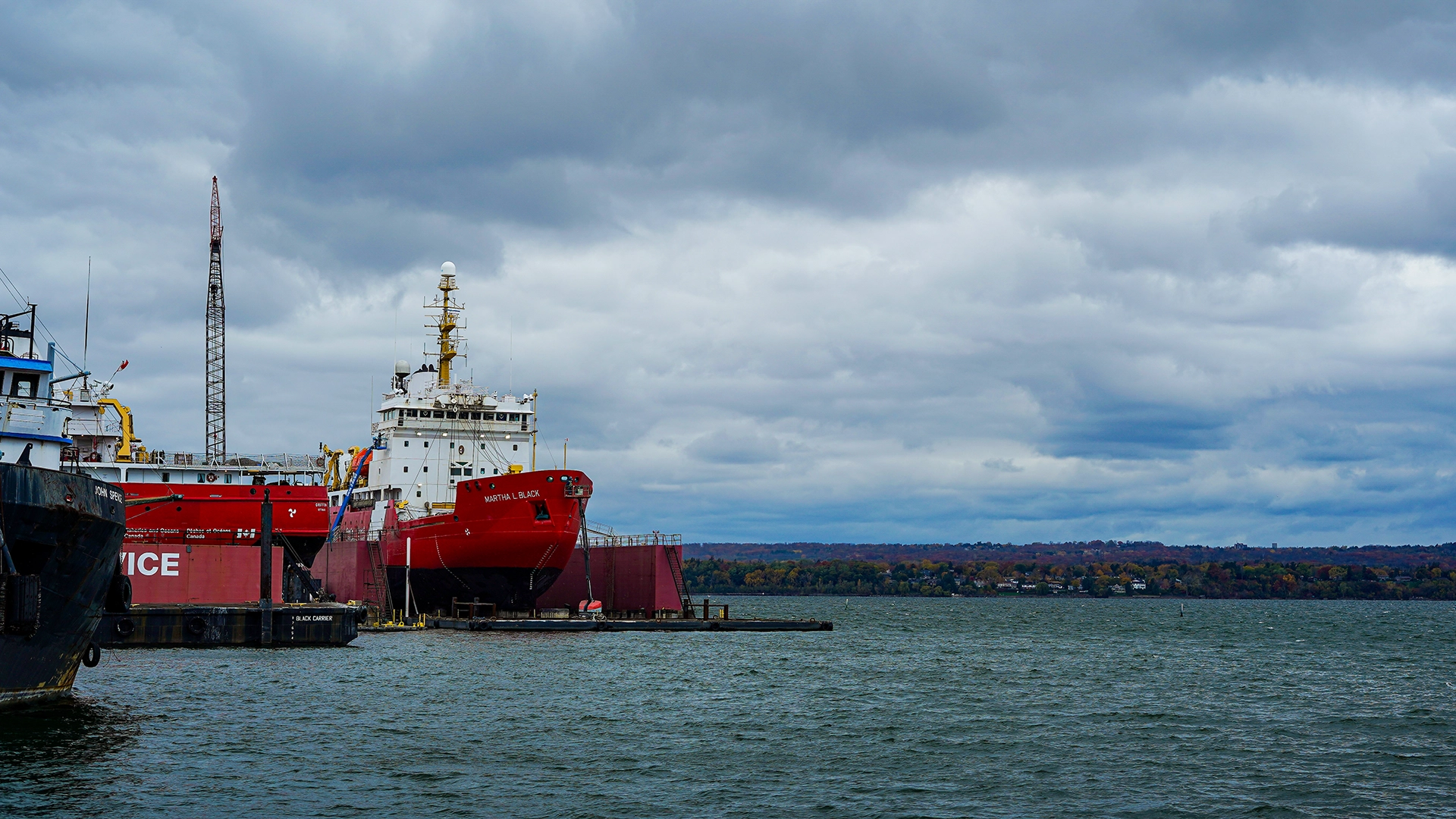
High-resolution cameras and advanced sonar systems are instrumental in detecting contraband hidden in concealed areas, such as false hulls or sealed intake grates. ROVs provide real-time visuals and data, allowing authorities to respond quickly to intelligence, thereby improving the effectiveness of interceptions. Sonar systems like the M3000 are particularly effective at identifying packages in low-visibility conditions.

Continuous technological progress is paving the way for portable underwater ROVs to significantly advance marine inspections, providing improved capabilities and expanded applications in security operations. Innovations in AI integration, including anomaly detection and automated path planning, promise to enhance the effectiveness of these devices in countering emerging maritime threats.
Deploy a Deep Trekker ROV for rapid, safe, and cost-effective hull inspections in any condition.
Naval forces are increasingly employing ROVs for underwater inspections, damage assessments, and ordnance disposal. These systems offer significant advantages in various applications:

Deep Trekker supports several naval organizations globally, including:
These partnerships demonstrate the growing reliance on submersible robots for efficient underwater operations. ROVs have proven invaluable for enhancing national security by enabling rapid and precise underwater assessments across diverse operational scenarios.

Deep Trekker’s leadership in the AI ROV Ship Modeling and Detection Project marks a pivotal shift in how agencies conduct ship hull inspections, leveraging a combination of high-tech ROV hardware, machine learning, and advanced sensor technologies, further enhancing the capabilities of ROVs in identifying anomalies or potential threats.
The project, launched in collaboration with Canada’s Ocean Supercluster (OSC), Qii.AI, The Department of National Defence, Kongsberg Discovery Canada Limited, and ABS Global Canada, represents an innovation in ship inspection methodologies that significantly enhances precision, efficiency, and safety, reducing human error and accelerating decision-making processes, strengthening overall security measures.
The integration of advanced sensors, including ultra-high-resolution 4K cameras, multibeam sonar, and precision navigation systems, allows CBP to conduct thorough underwater inspections of ships, ports, and critical infrastructure. Deep Trekker’s ROVs leverage cutting-edge positioning technologies to ensure accurate navigation, even in challenging environments such as confined spaces or turbid waters.

These technologies include:
These systems work together to deliver precise positioning and data collection, ensuring CBP can effectively inspect underwater assets while overcoming the limitations of traditional methods.
The integration of Qii.AI software elevates Deep Trekker’s ROV inspections beyond current industry standards. Qii.AI’s machine learning algorithms analyze video and sonar data in real-time, identifying potential threats such as hidden contraband, structural damage, or biofouling. This immediate detection and classification capability significantly reduces response times and manual data review. The AI also adapts to specific operational needs, learning from past inspections to continuously refine its performance.

This advanced AI integration allows Deep Trekker’s ROVs to not only detect issues more accurately but also prioritize them based on severity, helping stakeholders focus on critical tasks. The resulting combination of precise navigation, real-time AI analysis, and high-resolution data capture ensures that inspections are both highly effective and efficient.
Deep Trekker’s focus on blending AI-driven analytics with robust ROV platforms establishes a benchmark for maritime inspection technology. These innovations optimize workflows, reduce operational costs, and improve safety, making them indispensable for agencies like CBP and others tasked with safeguarding maritime assets.
Integrating underwater ROVs into Customs and Border Protection operations marks a significant step forward in maritime security. ROVs address the limitations of traditional inspection methods, which often involve safety risks and time restrictions associated with diver-led assessments. By delivering efficient, accurate, and real-time data, this technology enables CBP to perform comprehensive inspections of high-risk areas, including propellers, intake grates, and hulls. This capability strengthens their ability to identify illicit activities such as smuggling, sabotage, and biofouling.
Sophisticated sensors, such as high-resolution cameras, sonar systems, and GPS technology, provide precise navigation and clear imaging, even in confined spaces or low-visibility conditions. The integration of AI-powered analytics enhances the inspection process by facilitating instant threat detection and anomaly recognition. These advanced capabilities not only boost operational efficiency but also minimize human error, enabling quicker, safer, and more dependable decision-making in national security operations.

As ROV technology advances, its applications in defense, security, and environmental monitoring will expand. The partnership between CBP, Deep Trekker, and other industry collaborators underscores the significance of innovation in protecting maritime borders, ensuring that these tools stay at the cutting edge of global efforts to safeguard critical infrastructure and secure trade routes.
To learn more about Deep Trekker’s cutting-edge underwater ROV solutions and explore how they can strengthen your marine operations, contact us to discuss your specific needs or get a custom quote. Together, we can enhance maritime security and address the challenges of tomorrow.
Need Help Choosing What ROV is Best for Your Application? Here is Our Comprehensive ROV Buyer’s Guide to Help You Identify the Right Model.
July 30th, 2021
Learn all about remotely operated vehicle pilots: how to become one,...
November 5th, 2024
Learn more about what sonar is and its many uses. Read...
December 23rd, 2021
ROVs and sonar can be used to inspect underwater structures such...